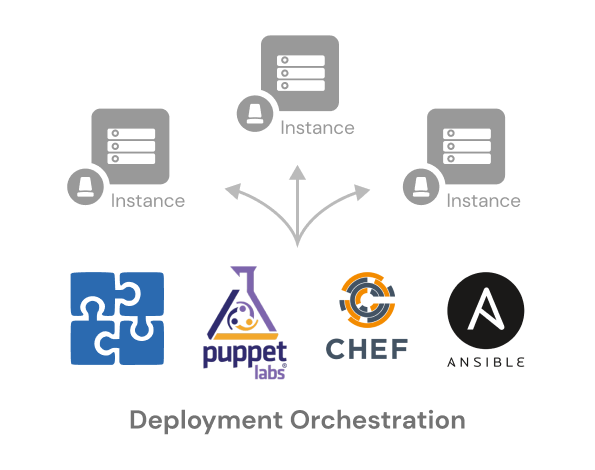Monitoring - Overview
This page provides an overview of Cloudaware’s Unified Monitoring capabilities.
About
Cloudaware offers Unified Monitoring, enabling customers to monitor traditional infrastructure deployed in the cloud or in physical data centers, as well as AWS Appliances where agents cannot be installed.
Key Features
End-to-end view of the monitoring coverage
Fully integrated with CMDB
View instrumentation data from multiple systems on one pane
Identify gaps in monitoring
Retain performance data for as long as necessary
Make more intelligent over and under utilization decisions
Deploy monitoring agents rapidly
Organize monitoring and utilization data by business unit
Monitor both cloud and on-prem environments using the same monitoring infrastructure
Unified Monitoring
Cloudaware knows how to monitor both servers as well as Elastic Load Balancers, RDS and Redshift databases. Benefits of a unified monitoring system are obvious: smaller cost of ownership, consistent formatting of alerts and alert handling processes.

Auto-Discovery
Many customers already invested heavily in their monitoring "setups" and letting them know just to get cloud compatibility is a high price to pay. Cloudaware can bridge the gap between existing monitoring solutions and the world of Amazon Web Services using its CMDB module. CMDB has over API hooks into such monitoring products as New Relic, SolarWinds, and many more. By cross referencing data from AWS with data from monitoring providers, Cloudaware can point out which servers are not monitored and also import summary data directly into CMDB.
Rapid Deployment
Deploying monitoring agents onto each server can be daunting task. Using Cloudaware deployment orchestration, customers can push deploy agents on their infrastructure in days and sometimes hours. Our DevOps library already includes Puppet, Chef and Ansible modules for many popular monitoring agents.

